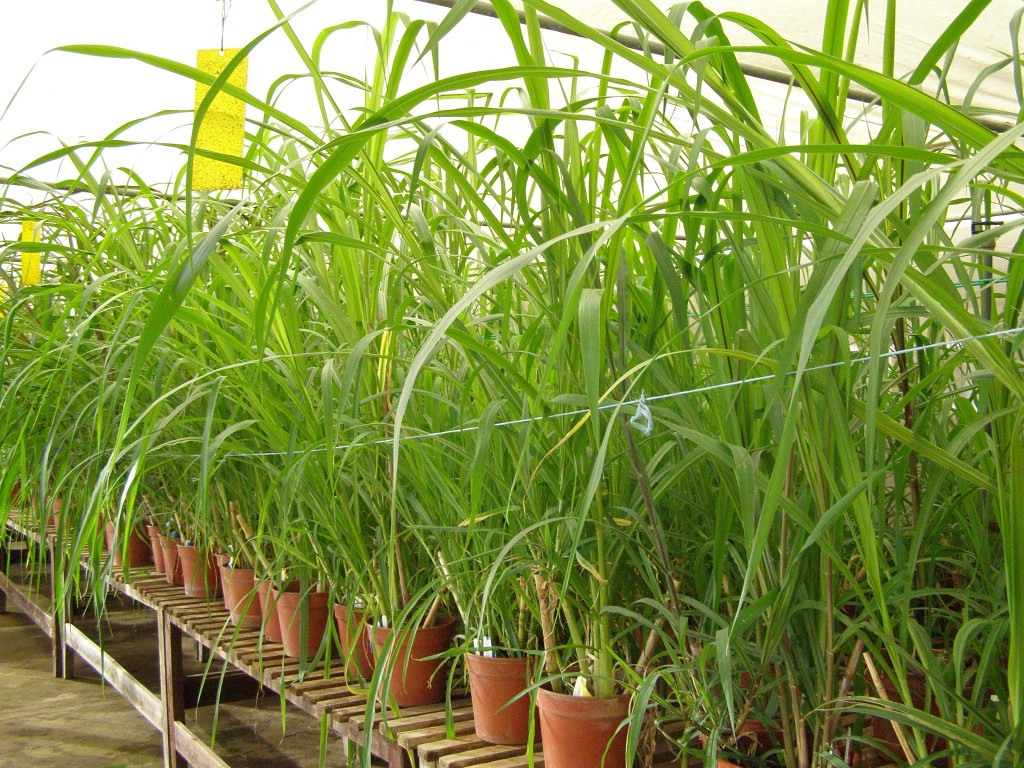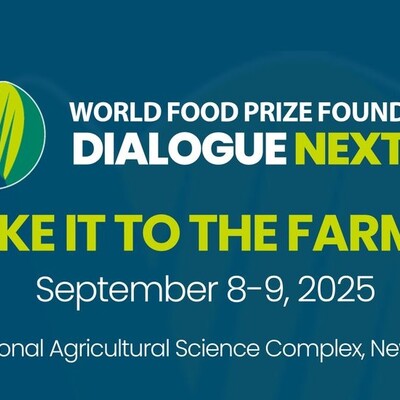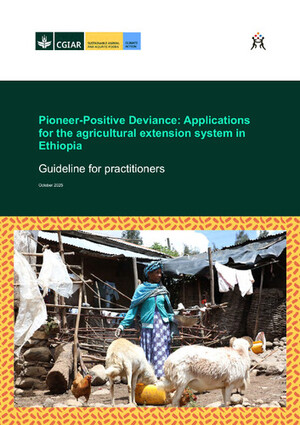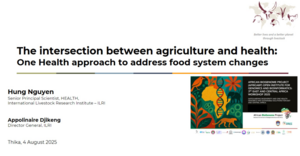
Updated CGIAR feed database provides best-cost livestock feed rations for sub-Saharan Africa
 Fifty three new accessions of Napier grass received at Forage Genebank, ILRI, Addis Ababa from EMBRAPA, Brazil (photo credit: ILRI)
Fifty three new accessions of Napier grass received at Forage Genebank, ILRI, Addis Ababa from EMBRAPA, Brazil (photo credit: ILRI)
An updated CGIAR livestock feeds database for sub-Saharan Africa is now available.
Containing the nutritive values of over 44,000 forage and fodder samples, the updated database can be accessed by researchers, development agents and agricultural extension workers in Africa including farmers, who can use this information to design accurate and scientifically based best-cost livestock rations.
Many livestock farmers in sub-Saharan Africa find it difficult to get high-quality feed for their animals. Most of the livestock feeds and forages used in the region are of low quality, and high quality feeds are expensive. Because of this, in many cases, smallholder livestock keepers’ experiment with feed rationing, but this is often done based on assumptions about quality rather than research evidence.
This refreshed feed database includes data on 18,000 samples of nearly 200 herbaceous forages, over 13,000 samples of 100 food crops (cereals, legumes and residues), 4,000 samples of over 200 fodder trees and shrubs and much more. These samples are from sub-Saharan Africa which are processed from International Livestock Research Institute (ILRI) Addis campus in Ethiopia.
The information in the database will help livestock keepers in sub-Saharan Africa better feed their animals and improve their productivity. More productive animals will lead to increases in household income from the sale of animals and animal products, and improvements in household nutrition and food security from the consumption of animal products such as milk, meat and eggs.
Alan Duncan, ILRI’s principal livestock scientist, shares, ‘The previous version of the database contained data on just over 20,000 samples so this is a significant refresh which should provide much greater clarity on the qualities of a range of animal feeds for users’.
This database was created under the CGIAR Systemwide Livestock Program, which aims to contribute towards the CGIAR’s goal to alleviate poverty in the developing world and protecting natural resources to achieve sustainable food security. The program ran from 1995 to 2012 where the sub-Saharan Africa feeds database was created in a collaborative efforts between the International Livestock Research Institute, the Ethiopian Institute of Agricultural Research (EIAR), the Ethiopian Ministry of Agriculture (MoA), Texas A&M University (USA) and the Ethiopian Sanitary and Phytosanitary Standards and Livestock and Meat Marketing Program (SPS-LMM) and received funding from United States Agency for International Development (USAID) and was supported by the CGIAR Research Program on Livestock.
Access the feed database here
Learn more on ILRI’s Forage Genebank
For more information contact Alan Duncan, principal livestock scientists at the International Livestock Research Institute (ILRI)



















